Our favourite places to stay on this sleepy Cebu island.
20 REAL Travel Tips from Experienced Filipino Travellers
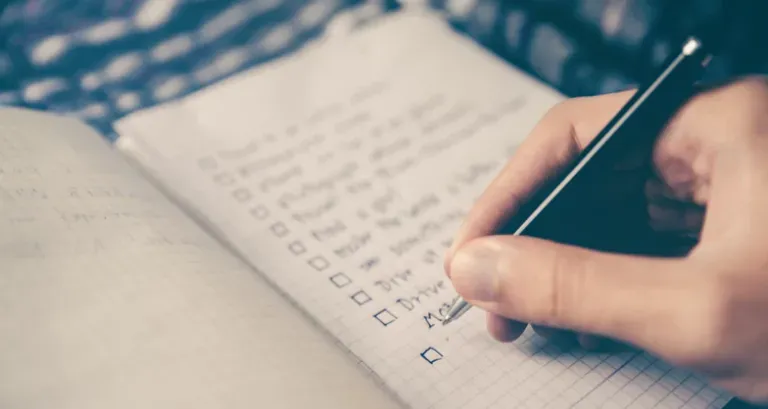
With the wealth of travel information available online, it’s easy to fall into the trap of believing everything you see. As a citizen of a country with access to a little over 60 visa-free countries and where the cost of almost everything is cheaper, there’s less chance of us benefitting from a “budget” travel guide written by a German or American, or winter packing tips by some Russian. That’s why we’ve taken the liberty of asking travel tips from experienced Filipino travellers themselves, so you can make your first or succeeding trip much less of a hassle.
Also read: Top 20 Travel Blogs in the Philippines to Inspire Your Wanderlust
1. Research well

First things first, do not underestimate the power of good research. From finding cheap AND well-reviewed accommodations, learning a bit more about the customs of a country, possible expenses and knowing the best places to visit and things to do during your planned stay.
2. Plan just enough
Planning is probably any DIY travellers enemy, but if you care about your budget, safety and time just as much as you care about having minimal inconveniences, plan weeks or months before. You can do a detailed itinerary as a guide especially if it’s your first trip or at least list down the attractions you want to prioritise. Still, be open to flexibility.
3. Have maps on hand
Even if you want to experience “getting lost” in a city you don’t know much about, it’s always a good idea to have maps of any kind with you. One traveller suggested using Maps.Me or any offline maps that don’t require you to be connected to the internet all the time. If you want to minimise using your device, go for printed maps.
4. Scan copies of documents
If there’s one thing you have to remember when travelling abroad, it’s to bring your passport and keep a copy of it at all times. Aside from hard copies, have scanned ones of your accommodation vouchers, plane tickets, visas or other relevant documents. If anything gets damaged from rain, stains or similar things, at least you have an extra copy ready.
5. Bring sarong
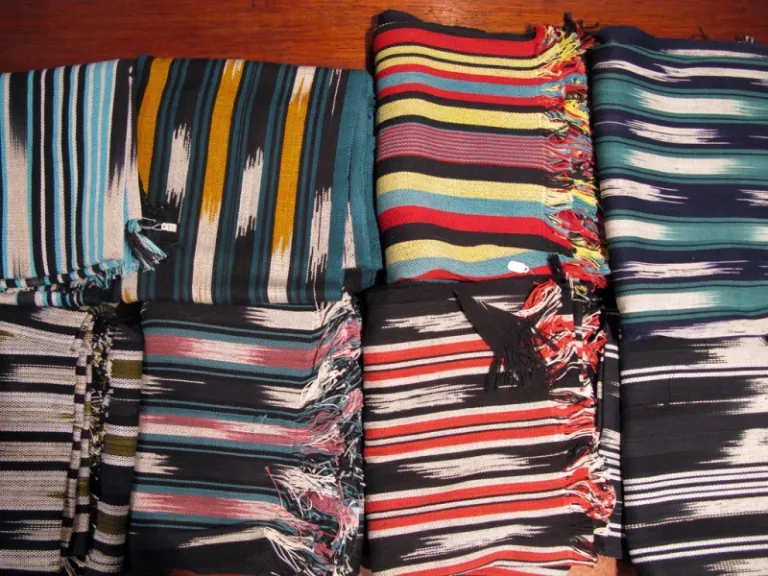
You’ll be surprised at how versatile a piece of sarong can be during travels. Besides being a fashion statement, you can use it as a backup towel, blanket, scarf, beach mat and even for covering up yourself when in temples or similar places that require specific respect.
6. Respect the place
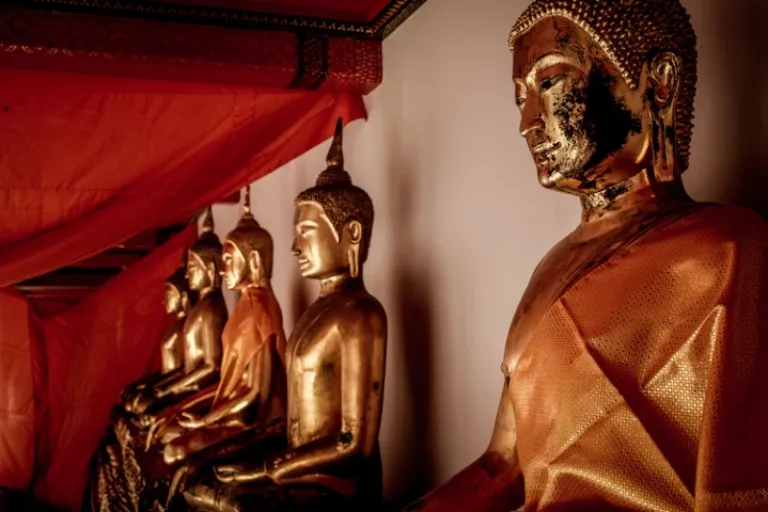
Everywhere you go, there’s bound to be a norm that you will have to conform to regardless if it’s again one of your preferences. According to a traveller named Hannah Bianca, you, as a visitor, should adjust to your destination, and not the other way around. Not doing so is obviously a sign of disrespect and sometimes you can even get jailed for it.
7. Bring a tumbler
Not only can you save a lot of money from not buying plastic water bottles every four hours on your trip, you also help save the environment from more potential harm. Thankfully, nowadays you can buy one that’s foldable so you don’t have to worry about the added bulk in your luggage.
8. Eat local food
There’s completely nothing wrong with eating your favourite McDonald’s or KFC abroad, but be sure to also give the local dishes a chance. After all, where better to taste these foods than in the place where they originated, right?
9. Tour the markets
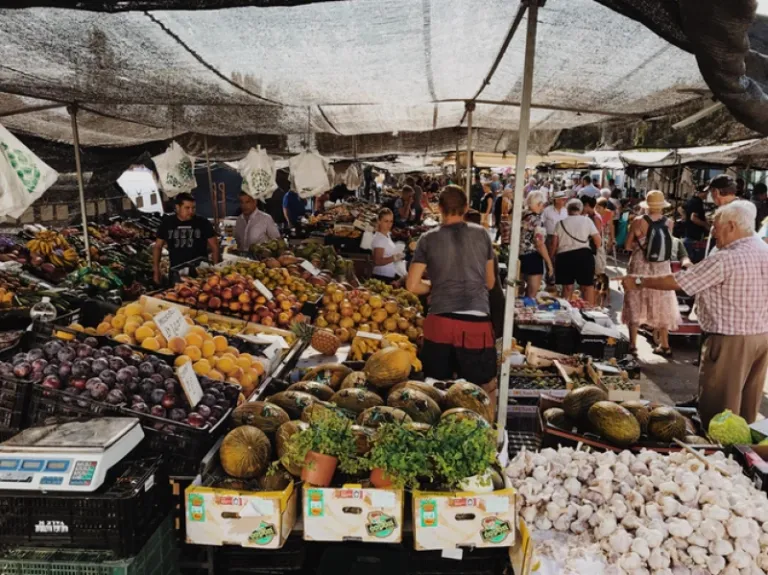
If experiencing the local life is what you’re after, going to the local markets (not the supermarkets inside malls) is a good place to start. They’re likely to be filled with local people than tourists and you’ll mostly get standard prices for items. They’re also the perfect place to observe locals speak their language or be in their “behaviour”.
10. Bring a universal adapter
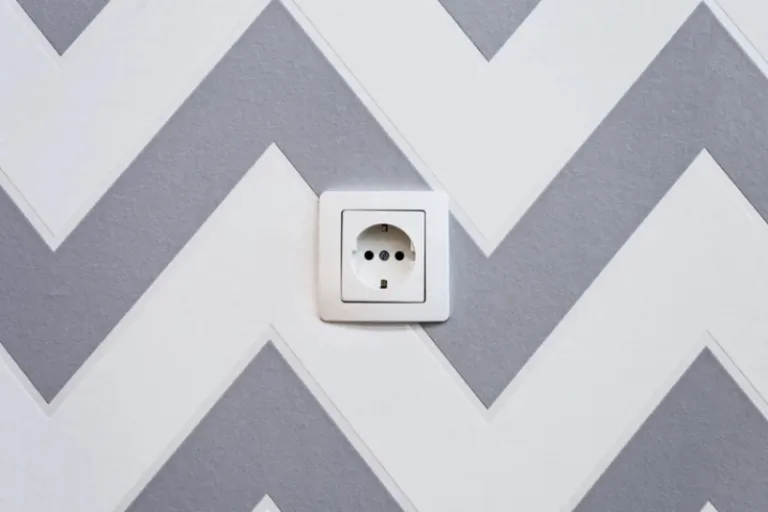
This one deserves a spot on this list plainly because most people find this unnecessary, especially when staying in mid to high-class accommodations. But rather than surprising yourself with the absence of Type A or B sockets, which are what we’re used to in the Philippines, just bring your own adaptor.
11. Learn the local language or dialect
Travelling in the Philippines will already expose you to a bunch of dialects you probably don’t hear or read often, and even more so abroad. Know a few basic words prior to leaving for your trip to make communicating a lot easier. Plus, locals appreciate it if you make the effort.
12. Bring light food
Whether you’re consuming it while waiting for your flight or during your tours, having something to bite on can give you that extra energy you need without the added international cost. Some of the most common snacks to bring are cup noodles, biscuits, energy bars and even 3-in-1 coffee packs.
13. Prepare a checklist
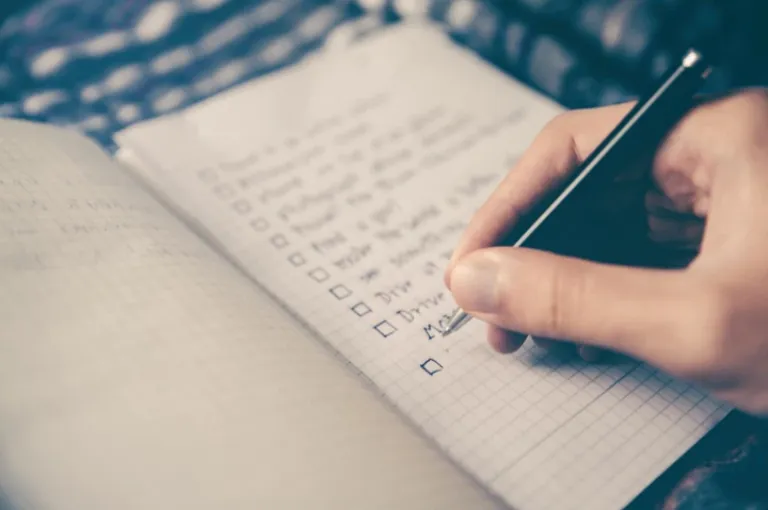
You may have the best memory in the world, but keeping a checklist of everything you need to bring or buy for your trip is still the ultimate life-saver while on your travel. Take advantage of your notepads on your smartphones or bring a small notebook and pen with you.
14. Wear comfortable shoes and clothing
Having the perfect OOTD may be the best thing for you right now, but above all, think of your comfortability especially when you have to deal with different weather patterns, street conditions and a tedious itinerary. Make sure to invest in good shoes and appropriate clothes.
15. When in doubt, ask
Never be afraid to approach locals or other travellers for help with directions, advice and other useful information during your trip. It may seem scary at first, especially when you’re the type who resents socialising or making the first move. But just imagine the difference it can make on your dilemmas.
16. Bring a camera
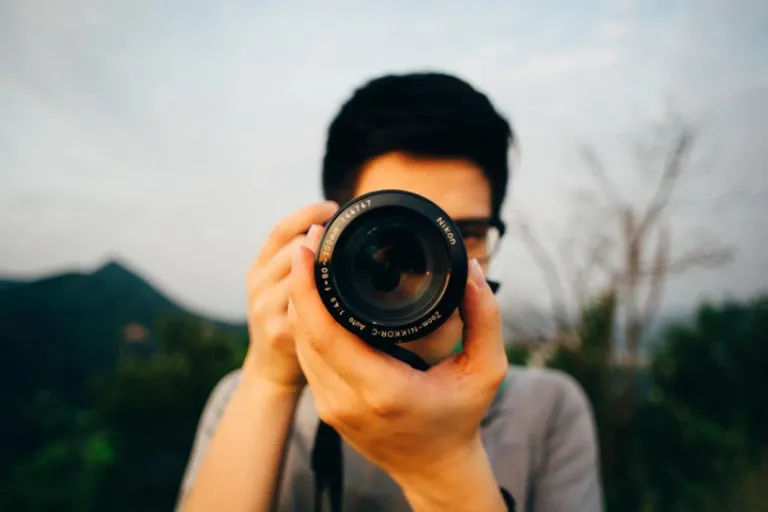
Taking pictures during a trip is NOT a crime. Remember that. If you can take pictures while still enjoying everything that goes on around you, then there’s no need to worry about the hate you’ll probably receive from other people. Photos are some of the best souvenirs and whether you store them in your social media pages or privately, they can last longer than most material things you buy.
17. Always have plastic bags
Use these for keeping wet or dirty clothes so you can still put them in your bag and leave the rest of the content untouched. Aside from regular plastic bags, you can also bring ziplock bags that are great for storing toiletries and even your gadgets.
18. Pack lightly
Packing lightly has more advantages than you think. Chief among them are the lighter weight you’ll have to carry and saving on having your luggage checked in for huge costs. Traveller Liezzel Butel advised buying clothes during the trip so you can at least save halfway. It’s also a good excuse to bring clothes home as souvenirs for yourself.
19. Distribute your cash
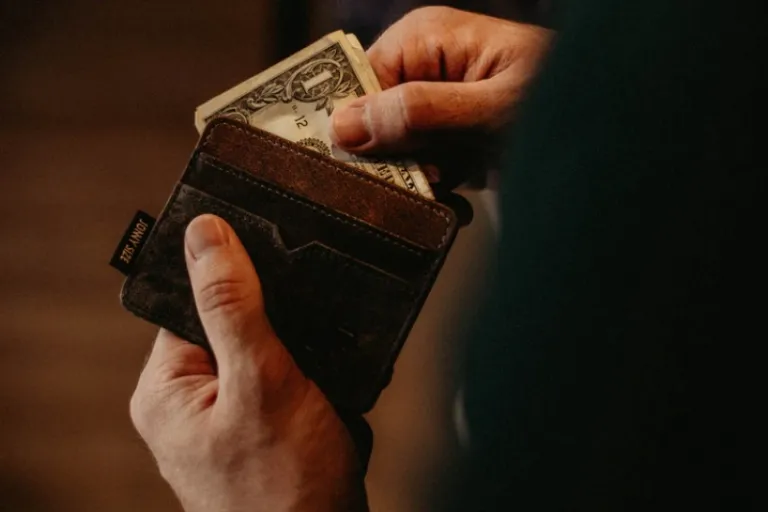
It helps to have more than enough cash (in small denominations as much as possible) with you on your daily tours, but don’t keep all of them in the same wallet or pocket. It saves you the risk of losing all of your money at once in unlucky situations and is also a good way to keep track of your spendings.
20. Enjoy every minute
Above all, remember to have fun and leave your worries behind, even if it’s for a short time. As one traveller said, it’s not every day you get to be in the place you’re travelling in. Be confident and smile as much as you can. That way, it’ll be easy for you to turn bad experiences into good ones in a matter of seconds.
Also read: Real Travellers Share Why You Should Travel At Least Once a Year
These are just a sample of the most useful tips given by Filipino travellers, and we’re sure there’s a lot more worth mentioning. Apply as many of these tips as you want and have a great trip!
Published at
About Author
Joser Ferreras
Subscribe our Newsletter
Get our weekly tips and travel news!
Recommended Articles
10 Bantayan Island Resorts, Hotels, and Rentals for Your Tropical Escape 10 Best Mountain Cafes in the Philippines for Your Peak Coffee Experience Coffee date on the mountains, anyone?
10 Commandments for Responsible Travel Flexing Spread the good word!
10 Fairytale Castles In Europe Filipinos Need To See! Permission to feel like royalty even for a day?!
10 Family Outing Ideas in Metro Manila Under ₱500 Looking for a weekend bonding with the family under ₱500? Head to these places, pronto!
Latest Articles
Dingalan Travel Guide: Nature Spots to Discover Now Underrated coastal gem in Aurora
What to Eat in Bicol: Iconic Dishes and Treats, and Unique Pasalubong You’ll Love Spice up your foodie adventure with iconic Bicol dishes and must-try pasalubong!
Top Travel Trends in the Philippines for 2025 New spots, tips, and trends
New UK Adventure Park to Visit in Devon and Cornwall Fun countryside escape near London
Ultimate Camarines Norte Travel Guide: Waterfalls, Beaches, and More From surfing to secret waterfalls, Camarines Norte is your next escape!

